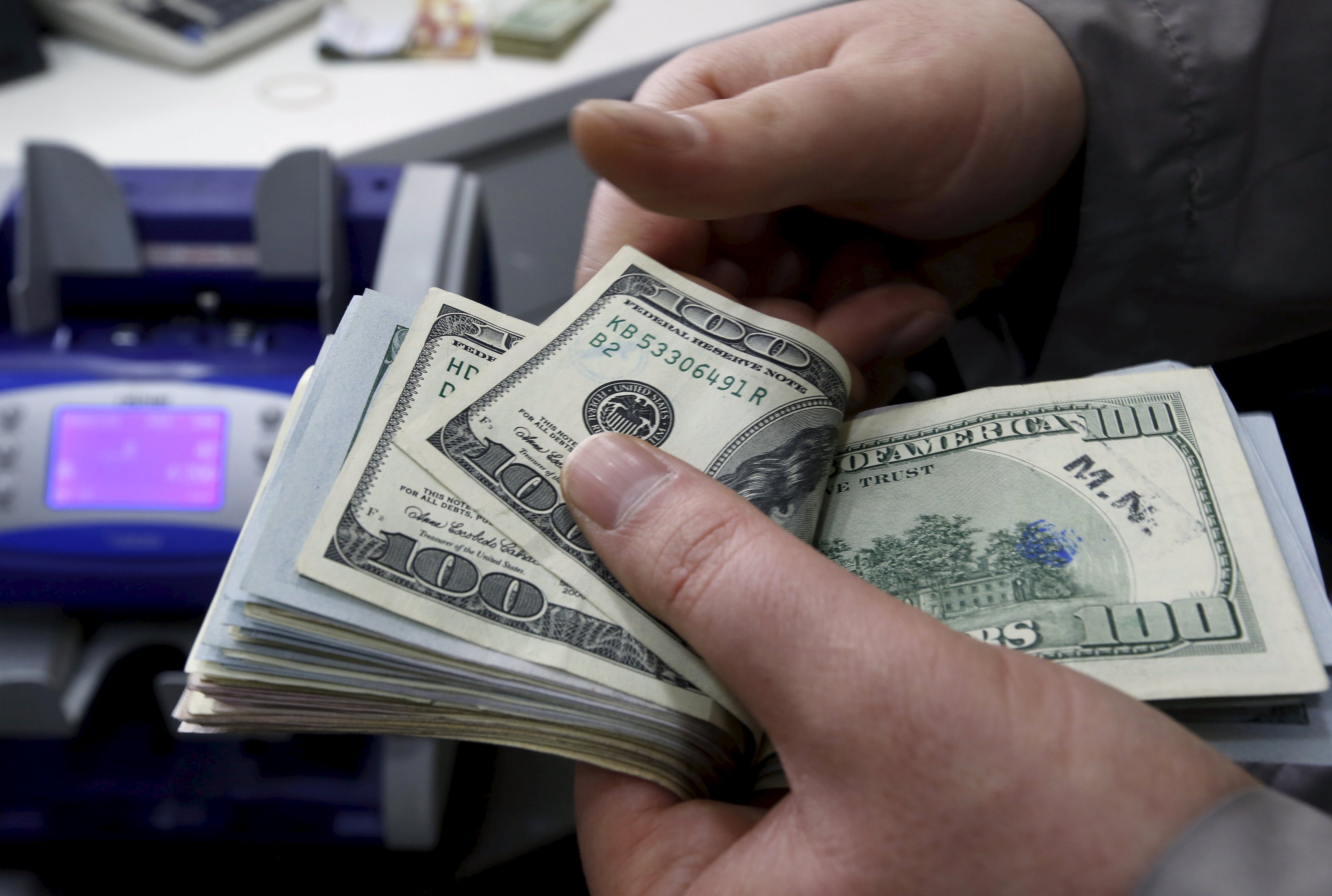
Two recent pieces of budget news are a grim reminder of the perilous state of fiscal policy in the United States. President Barack Obama’s Office of Management and Budget announced that the federal government’s deficit this fiscal year will be about $600 billion, up by $162 billion from 2015, an increase of more than 35 per cent. And the annual Long-Term Budget Outlook produced by the Congressional Budget Office (CBO) predicts that, with no change in fiscal policy, federal government debt will rise from 75 per cent of GDP to 86 per cent a decade from now, and then to a record 141 per cent in 2046, near levels in Italy, Portugal, and Greece.
Although the US debt-to-GDP ratio doubled in the past decade, the Obama administration and Congress ignored the problem, focusing instead on the annual deficit’s decline since 2012 and the relative stability of the deficit as a share of GDP. That temporary progress reflected the economic recovery and congressional votes to limit spending on defense and nondefense discretionary programmes.
But the longer-term rise in the annual deficits – owing to an aging population, changing medical technology, and rising interest rates – and the resulting increase in the debt-to-GDP ratio were inevitable (and were clearly predicted by the CBO and others). The larger number of older Americans who are eligible for Social Security benefits will drive the programme’s costs from 4.9 per cent of GDP this year to 6.3 per cent of GDP over the next 30 years. Half of the rise in the cost of the major federal health-care programmes, from 5.5 per cent of GDP now to 8.9 per cent in 2046, will result from the increased number of older beneficiaries, with the other half caused by the technologically-driven extra cost of treating them.
The Federal Reserve’s unconventional monetary policy has driven down the cost of the net interest on the federal debt to just 1.4 per cent of GDP, despite the increase in the volume of the debt. But as interest rates normalise and the volume of debt grows, the cost of servicing the interest on the national debt is projected to increase to 5.8 per cent of GDP.
That projected interest cost may be much less than it would actually be if the rest of the deficit and debt forecast turns out to be correct. With a federal debt of 141 per cent of GDP, that 5.8 per cent-of-GDP interest cost implies an average nominal interest rate of just 4 per cent and, given the CBO’s inflation forecast, a real interest rate of about 2 per cent – similar to historic rates when the debt ratio was less than 40 per cent of GDP. But investors in Treasury bonds might demand a much higher interest rate in exchange for loading up their portfolios with US debt. In that case, the interest cost and the debt would be much greater.
The fact that more than half of the publicly held US government debt is now owned by foreign investors might make the interest rate even more sensitive to the debt’s relative size. Foreign investors might fear that the government could adopt policies that reduced the real value of their holdings. While the US government would never explicitly default, it could adopt policies such as deducting income tax on interest payments, which would disadvantage foreign holders and depress the value of the bonds. Moreover, foreign investors might fear that very high debt levels could lead to inflationary monetary policy, which would depreciate the value of the dollar and lower the real value of their bonds.
Here is an amazing and disturbing implication of the CBO’s forecast. By 2046, the projected outlays for the “mandatory” entitlement programs (Social Security and the major health programmes), plus interest on the debt, would absorb more than all of the revenue that the government would collect with current tax rates. A small deficit (1.6 per cent of GDP) would emerge even before spending on defense and other annually appropriated “discretionary” programs.
There is no way to offset the growth of the mandatory programmes by slowing the growth of defence and other discretionary outlays. Total defence spending is now just 3.2 per cent of GDP and is expected to decline to 2.6 per cent over the next ten years and to remain at that level for the next 20 years. That would be the lowest defence share of GDP since before World War II. The same reduction is projected for all non-defence discretionary programmes, also a record-low share of GDP.
The bright spot in this bleak picture is that it would not take much in terms of annual deficit reductions to prevent the rise in the debt ratio, or even to bring it back to where it was a decade ago. Reducing the annual deficit by 1.7 Project Syndicate of GDP by any combination of reduced spending and higher revenue would, if begun in 2017, prevent an increase from the current 75 Project Syndicate debt-to-GDP ratio. And reducing the deficit by 3 per cent a year would reverse the debt trajectory and bring it back to where it was in the decades before the recession.
Neither of the presidential candidates has indicated either a plan or an inclination to reverse the projected rise in the national debt. But it should be a top priority for whoever moves into the White House next year. Given the need to act quickly to avoid the worst-case scenario, there is no excuse for waiting. - Project Syndicate